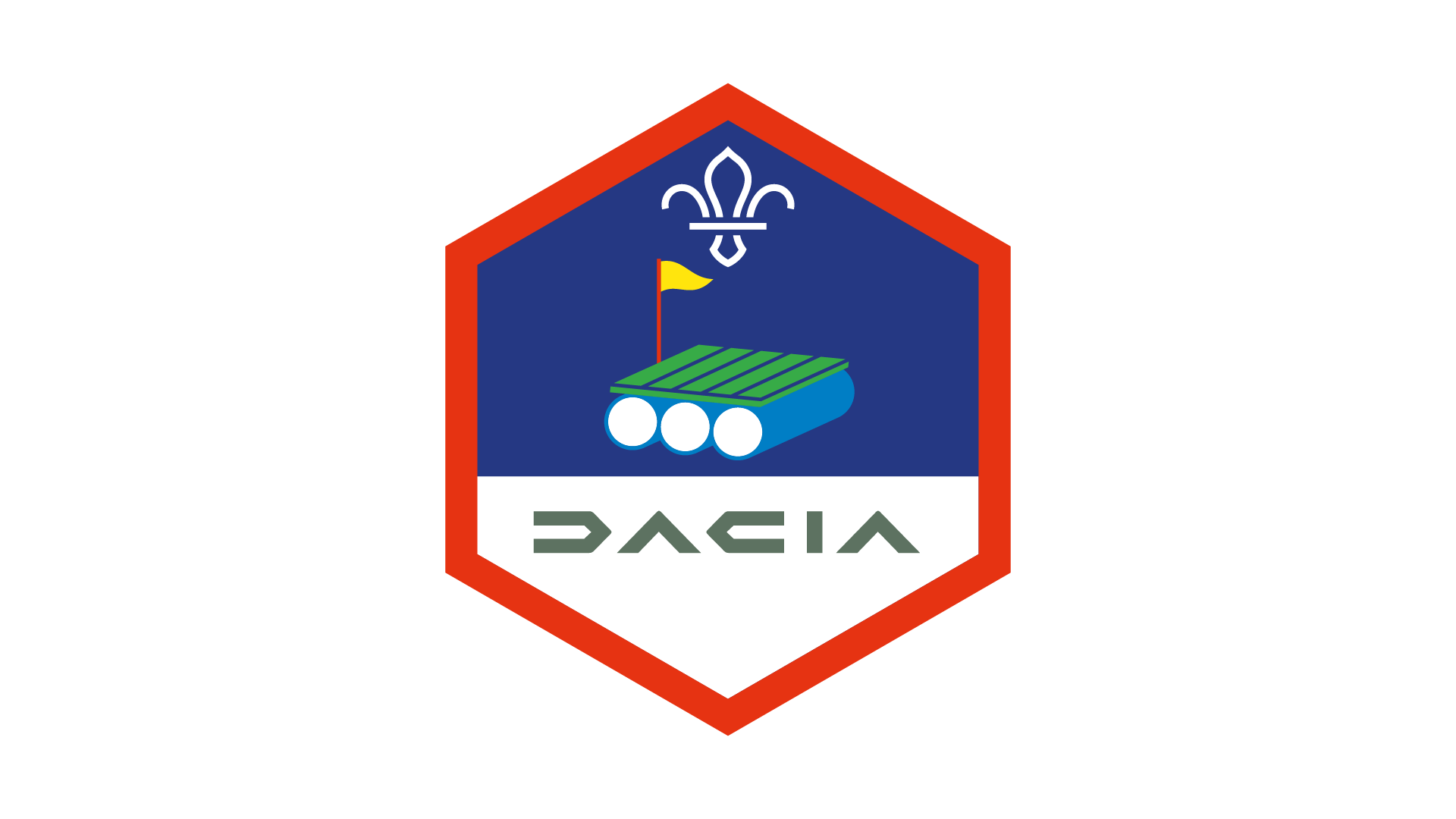Winter sports
What to expect
Winter sports are far more diverse than just skiing or snowboarding. Thrill-seekers may want to try something fast-paced, while expert problem-solvers may be keen to get stuck in and build an igloo.
Types of winter sports
- Sledging. A sledge is composed of a flat surface with skis, runners, or rails attached on the underside of the sledge. The skis glide along the top of the snow or ice, and help the rider to control the sledge.
- Tobogganing. A toboggan is a simple sledge that’s curved in front. It’s placed directly onto the snow (without the use of runners or skis) so it gains plenty of speed on the underside.
- Ringos. A ringo is a hard-based, plastic covered, inner tube, which slides down a slope. Ringos can be spun, linked, or raced down a slope. This may also be called tubing.
- Skibob. A skibob is one way of riding downhill over snow. Skibobs are bicycle-type frames attached to skis instead of wheels. They’re used with a set of foot skis that help the rider balance.
- Yooner sledging. A yooner sledge is made up of a seat, a shock-absorber, and a ski. You don’t have to lift your feet as you race down the slope, just keep them on the ground as you slide all the way down.
- Snowshoeing. Snowshoes are a type of footwear, designed for walking over the snow. They work because they distribute the weight of the person over a larger area so that the person's foot doesn’t sink completely into the snow. Snowshoeing is a form of hiking.
- Igloo and snow cave building. An igloo is a dome-shaped hut; they’re usually made from compacted blocks of snow. Snow caves are usually dug into snow. Both igloos and snow caves provide shelter from cold winds and low temperatures (and they’re fun to build too).
- Snow biking. Snow bikes are bikes (often fat bikes or mountain bikes) with wide tyres that give them traction on snow. Mountain bike tyres can be used if they’re run at low pressure so they provide enough traction.
- Snowmobile. A snowmobile is an automotive vehicle that has been purpose-built for travel on snow. They’re typically open vehicles for one or two people with steerable skis on the front and a revolving caterpillar track at the rear.
What you’ll learn
The variety of winter sports out there means there’s something for every skill. Generally, they’re a great chance to build the courage to try something new and widen your experiences as they tend towards the unusual. Most also take place in the great outdoors, so they’re a perfect opportunity to get connected with nature.
Fun facts
Between the 14th and 19th centuries, the Thames (the river that runs through London) froze solid at least 23 times. Sometimes it was so thick that people could hold huge ‘frost fairs’ on the ice!
Handy hints
- Layer up. You shouldn’t need us to tell you that most winter sports will be chilly activities. Packing (and wearing) lots of thinner layers will help you stay warm, and you’ll be able to adjust your temperature more easily than if you rely on one big, thick coat. Your feet, hands, and head can get especially chilly, so make sure you’ve got warm socks, gloves, and a hat.
- First aid. Like other sports, winter sports can sometimes lead to bumps, injuries, and accidents. Check whether you need to adjust your first aid kit (or qualifications) to make sure everyone stays safe while they’re having fun.
Safety
You must always:
- Complete a risk assessment
- Have the right ratios of number of adults to provide suitable supervision
- Set up an InTouch process
- Know what to do in an emergency
- Share information with parents and carers with an activity information form
- Get approval from your commissioner
Be safe outdoors:
- Check the weather forecast
Snowsports and winter sports:
- The Snowsports environments are defined in POR 9.12.13, check the definition before planning your activity
- Everyone must wear a helmet whilst doing Snowsports activities, exemptions apply
Other activities:
- Where an activity is not covered by any other rules members must follow rule 9.1 and assess the risk, ensure that members can be kept safe and that all equipment is suitable for its use.
Joint activities with other organisations:
- This activity can be run jointly with Girlguiding.
- This activity can be run with other organisations.
This activity can be led by you or someone else in Scouts:
The activity leader must have an adventurous activities permit with the right level and permissions for your group.
For skiing and snowboarding, except on artificial and nursery slopes.
For sledging and other snowsports On Piste and Off Piste in Terrain 1 and Terrain 2.
Where the group is entirely members over the age of 18 the permit scheme does not apply, please follow the rule 9.8 adult groups.
You can go to a centre or use an activity leader who is not part of Scouting:
You must find a suitable provider who meets the following requirements:The provider must have public liability insurance.
Guidance
Reflection
Winter sports are often an opportunity to try something new. How did people feel before they got stuck in? What made it easier to give it a go? How did it feel when people first tried it, compared to the end of the session? It may have felt easier as people gained experience, or it may have stayed challenging if people gained the experience to keep pushing themselves.
Winter sports often happen outdoors. Where did people go to try a winter sport? Some people may have been in a natural area, while others may have been on an artificial slope. What did people have to do to take care of the area they were in? Did people feel comfortable, or were they unsure about the new environment? Would people like to try winter sports in another location one day, for example, in snow-covered mountains?
- Some winter sports, like sledging or tobogganing, might be easier to pick up and get involved in, while activities like snowmobiling or skibobs building may be more extreme.
- Choose an activity that works for your group based on their ages and experience. You may want to in your local area, getting stuck in at an indoor or artificial ski slope, before heading further afield (or even abroad).
- Some winter sports, like sledging or tobogganing, might be easier to pick up and get involved in, while activities like snowmobiling or skibobs building may be more extreme.
- Choose an activity that works for your group based on their ages and experience. You may want to in your local area, getting stuck in at an indoor or artificial ski slope, before heading further afield (or even abroad).
Winter sports can often be adapted so more people can give them a go. Many outdoor centres have facilities that cater for people with additional needs and experienced instructors to help everyone achieve their goals. Get in touch with your local provider to chat through the needs of people in your group – make sure you give them plenty of notice.
All Scout activities should be inclusive and accessible.
If people enjoyed winter sports, they may want to continue their chilly adventures with snow sports.
Young people should be involved in choosing which winter sports they want to try. Do your best to make sure everyone has a say.

